Coronavirus Tax News Update
IRS and the Small Business Administration have been working on the details that go along with the implementation of the CARES Act — albeit slowly. Here are three pieces of news from IRS and SBA
- IRS Released a Draft of a Revised Form 941 That Includes a Page of New Lines for COVID-19 Related Payroll Credits
The IRS released a draft of a revised Form 941. The revised form includes 23 new data entries to accommodate three COVID-19 related payroll tax credits. The revised form reports the amount of payroll taxes that were retained by the employer in anticipation of refundable credits. It also is used for reporting advances claimed on the Form 7200, Advanced Payment of Employer Credits Due to COVID-19. The revised Form 941 (now three pages, up from two) is to be used starting the 2nd quarter of 2020. - IRS Released a Revised FAQ Allowing an Employee Retention Credit Regarding Health Plan Expenses for Furloughed Employees
At the urging of the chairmen of the Senate Finance Committee and the House Ways and Means Committee, the IRS reversed its position and will now generally treat qualified health plan expenses paid during a furloughed period as qualified wages for purposes of the employee retention credit.
FAQ #64. May an Eligible Employer that averaged 100 or fewer full-time employees in 2019 treat its health plan expenses as qualified wages for purposes of the Employee Retention Credit? (updated May 7, 2020)Yes. An Eligible Employer that averaged 100 or fewer full-time employees in 2019 may treat its health plan expenses paid or incurred, after March 12, 2020, and before January 1, 2021, during any period in a calendar quarter in which the employer’s business operations are fully or partially suspended due to a governmental order or a calendar quarter in which the employer experiences a significant decline in gross receipts as qualified wages, subject to the maximum of $10,000 per employee for all calendar quarters for all qualified wages. Eligible Employers may treat health plan expenses allocable to the applicable periods as qualified wages even if the employees are not working and the Eligible Employer does not pay the employees any wages for the time they are not working.
Note. FAQ #65 allows an Eligible Employer that averaged more than 100 full-time employees in 2019 to treat its health plan expenses as qualified wages for purposes of the Employee Retention Credit. For more information, see the examples included with these two FAQs.
- SBA Released an FAQ Providing Relief for the Borrower’s “Necessity” Certification for a Small Paycheck Protection Program (PPP) Loan
The PPP loan application (SBA Form 2483) requires the applicant to certify that the current “economic uncertainty makes this loan request necessary to support the ongoing operations of the Applicant.” Media attention to several dozen public companies1 that received PPP loans alerted SBA that the “necessity” certification may not have been in “good faith” for large public companies with access to capital markets. In a new FAQ, the SBA announced that it would review all loan forgiveness applications for loans in excess of $2,000,000. SBA’s assumption is that businesses that borrowed less than $2,000,000 were more likely to need funds to continue operating — unless other information comes to the attention of the SBA.
SBA FAQ #39. Will SBA review individual PPP loan files?Yes. In FAQ #31, SBA reminded all borrowers of an important certification required to obtain a PPP loan. To further ensure PPP loans are limited to eligible borrowers in need, the SBA has decided, in consultation with the Department of the Treasury, that it will review all loans in excess of $2 million, in addition to other loans as appropriate, following the lender’s submission of the borrower’s loan forgiveness application. Additional guidance implementing this procedure will be forthcoming.
Tax practitioner planning. IRS FAQ #79. An employer that repaid its Paycheck Protection Program (PPP) loan by May 14, 2020, is eligible for the Employee Retention Credit (updated May 7, 2020).

Sharon Kreider, CPA, has helped more than 15,000 California tax preparers annually get ready for tax season. She also presents regularly for the AICPA, the California Society of Enrolled Agents, CCH Audio, and Western CPE. You’ll benefit from the detailed, hands-on tax knowledge Sharon will share with you—knowledge she gained through her extremely busy, high-income tax practice in Silicon Valley. With her dynamic presentation style, Sharon will demystify complex individual and business tax legislation. She’s a national lecturer for business and professional groups and consistently receives outstanding evaluations. In 2014, she was awarded the prestigious AICPA 2014 Sidney Kess Award for Excellence in Continuing Education.
DIG DEEPER:
How The $3.5 Trillion Budget Blueprint Could Impact Your Clients
The new reporting requirements on brokers are addressed in Section 80603 of the bill. “Broker,” by definition in Sec. 6045 (c)(1), is expanded to include “any other person who (for a consideration) regularly acts as a middleman with respect to property or services…A person shall not be treated as a broker with respect to activities consisting of managing a farm on behalf of another person.” In turn, the bill defines a “digital asset” as “any digital representation of value which is recorded on a cryptographically secured distributed ledger or any similar technology as specified by the Secretary.
